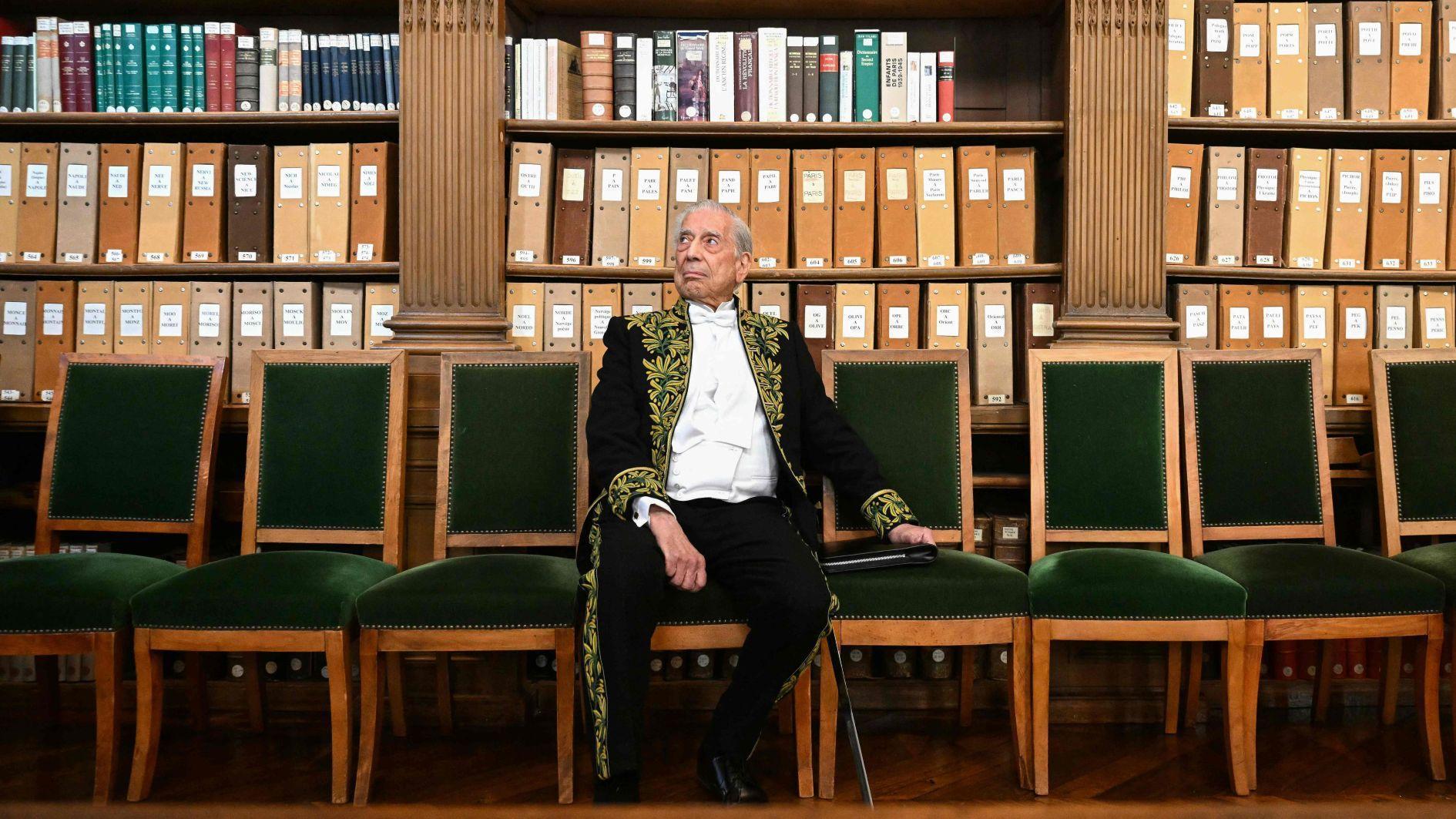The realignment of the world
Since the end of the Cold War, the international system has been fluctuating. While the bipolar system has ended, no equivalent is in place yet. In the early days of the post-Cold War era, some talked about the unipolar moment as the United States dominated the world with its unrivalled economic and military power. During the ensuing debate, predictions between Francis Fukuyama’s “The End of History” and Samuel P. Huntington’s “The Clash of Civilizations” flourished but did not really capture the full spectrum of the emerging post-Cold War order. After 25 years, the best we can say about the world system is that it is still moving toward multi-polarity but is not quite yet there.
While there are no challengers, in the full theoretical and historical sense of the concept, to U.S. superiority in the world, attempts at balancing it abound. Granted, it is difficult to compete with the U.S. militarily, especially considering its military expenditure is still the world’s largest at $581 billion in 2014. But, there are other areas of power one should look at closely.
China, for example, has been closing fast on the U.S. in terms of its economy and research and development. Its recent initiatives such as creating a Maritime Silk Road and establishing the Asian Infrastructure Investment Bank (AIIB) are bound to increase Chinese influence in the world. While the Maritime Silk Road is expected to create $2.5 trillion worth of trade in a decade, the AIIB is expected to rival its Western equivalents, the World Bank and the Asian Development Bank. It will have $50 billion in capital and focus on financing large-scale infrastructure projects in Asia to assist economic development. Among the 30 that applied to become founding members, there are four G7 countries and several key allies/trading partners of the U.S.
It is important to know that the AIIB has gained momentum despite resistance by the U.S. It would seriously challenge the U.S. in the Asia-Pacific, where President Barack Obama intended but failed to focus on in his second term. It might also help China to shake the firm control of the U.S. over the global economy.
In another sub-region of the world, Germany has been taking careful steps to further its grip over Europe. Since its reunification, Germany’s role in European politics has gradually increased with its central position, strong economy, advanced technology and steadfast policies. The euro crisis, raging since 2008, has provided Germany with an opportunity to claim the leadership position within the European Union, and it pressured other members to accept its tight monetary policies and austerity measures or face the crisis alone without German money to bail them out. More recently, the Ukrainian crisis also helped to propel Germany to the front of the EU common foreign policy when German Chancellor Angela Merkel took the initiative for a diplomatic solution and kept all members together so far in implementing sanctions against Russia.
Neither China nor Germany can openly challenge the global dominance of the U.S. today. However, they represent promising potentials for superpower capabilities. Chinese policies since the end of the Cold War can be interpreted as essential footsteps on the road to becoming a superpower. Similarly, Germany might be able to use its economic and political leverage in and around Europe as a stepping stone at a later stage to assume a larger role in the world, with or without U.S. consent.
At the moment, though, both countries are only playing to regional supremacy with their limited military capabilities in comparison to that of the U.S. They may come to the forefront of world politics in time with regional and global developments edging them on to take more responsibility. However, capabilities and resources will be the ultimate determinant for the superpower role.











